
Ecommerce websites are super important, but how much do they actually cost? It’s hard to guess, since some are small, some are tall, and some are so crazy expensive that no reasonable person would ever spend that much.
The answer’s pretty flexible, but if you know what you’re building, you can make a good estimate and save lots of money.
So how much does an average ecommerce website cost?
Short answer: 6,000 to 100,000 or more
A fully-custom ecommerce website isn’t cheap. Expect to pay between $6,000 and $100,000 on building the website alone, if not more.
That’s a pretty big range, but it breaks down a lot more cleanly with a few extra details.
- If you sell a few products, you’ll end up on the cheaper end. Expect to pay six thousand dollars for the base website — more if you sell more than five products.
- If you sell hundreds or thousands of products, you’ll end up on the expensive end. It varies more, but expect to pay one hundred thousand dollars or more for a website with thousands of products.
- If you want to keep your website growing, you’ll need to spend more on upkeep, CRO, and marketing. Expect to spend as much on growth as you did on the rest of the site.
Making an online store isn’t cheap — big companies can spend millions. But it’s not a money pit; it’s an investment.
How we got these numbers
We aren’t pulling these numbers from thin air. They’re real figures from real data.
To get these numbers, we pulled data from ten years of project estimates.
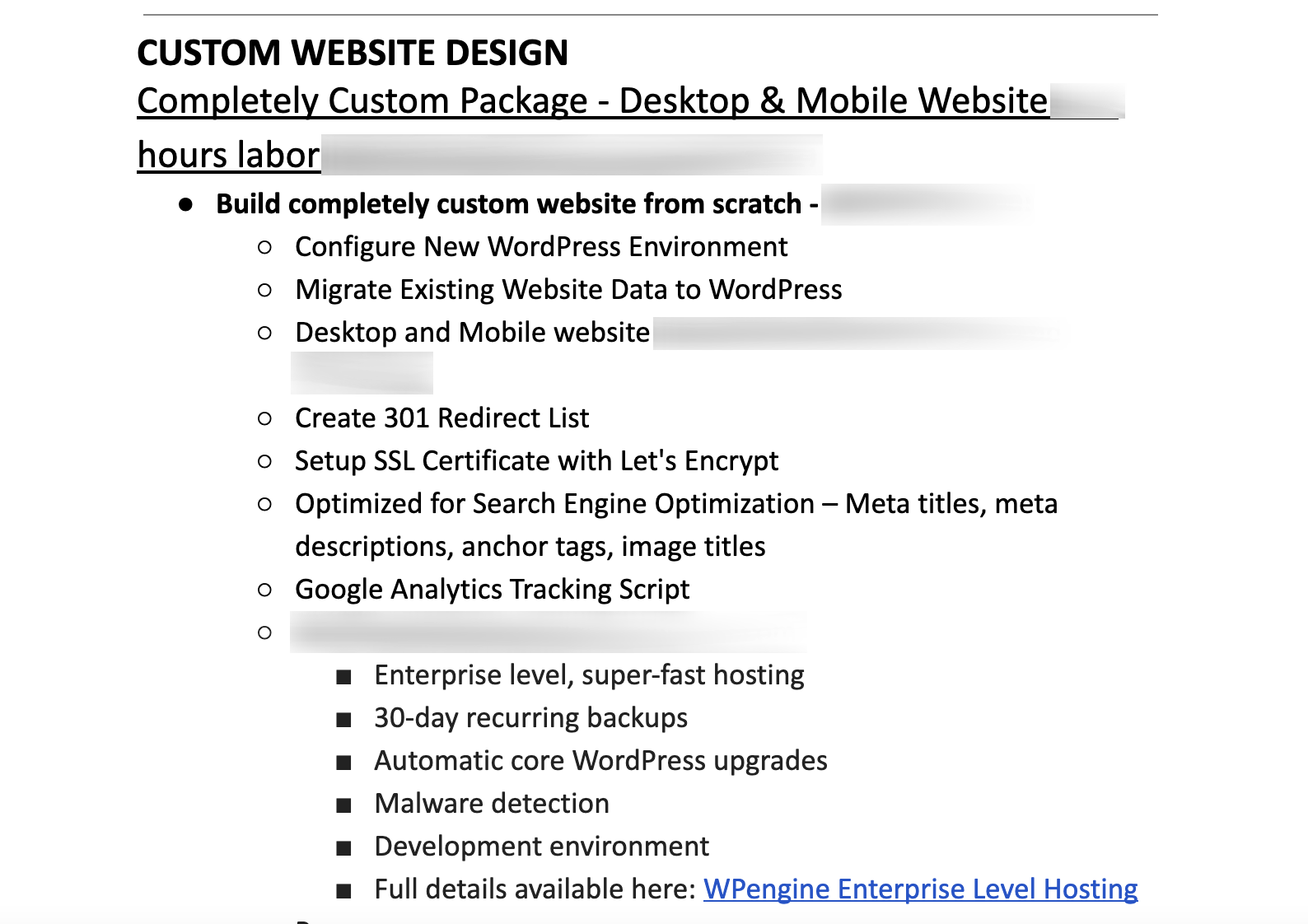
We examined this data in detail to see how much each piece costs overall.
Then, we compared those numbers with the rest of the data out there — writing copious sloppy notes.
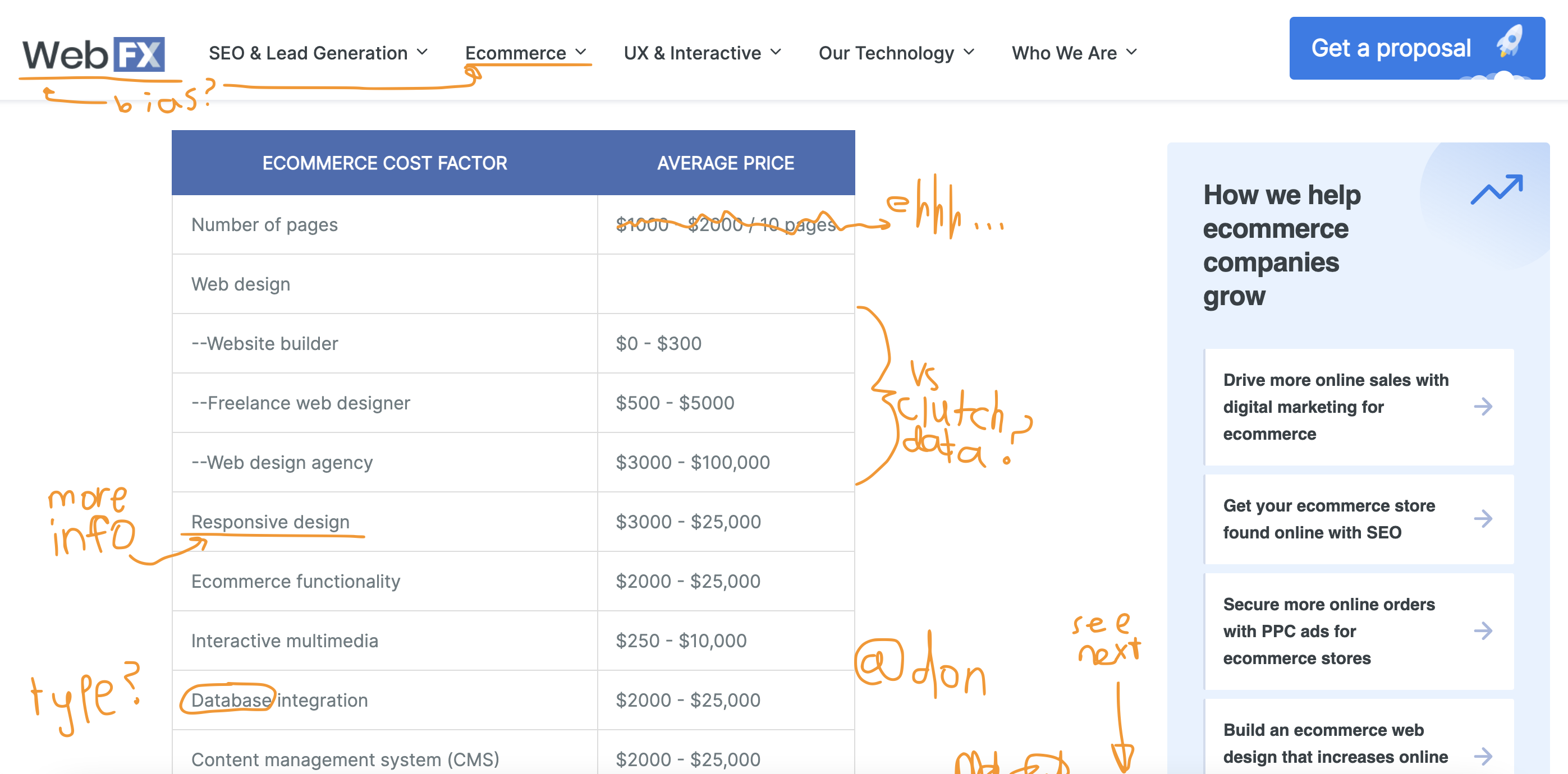
The result is a holistic, detailed analysis of how much an agency ecommerce site should cost. It depends on a lot of factors, but our methodology is thorough.
Inventory Costs
Inventory is the most important factor for determining how much an ecommerce website will cost. If you have more products, your developer needs to do more work.
Let’s look at Trudoor as an example. Trudoor has a massive catalog with 21 main hardware categories, 142 total categories, and 1660 products.
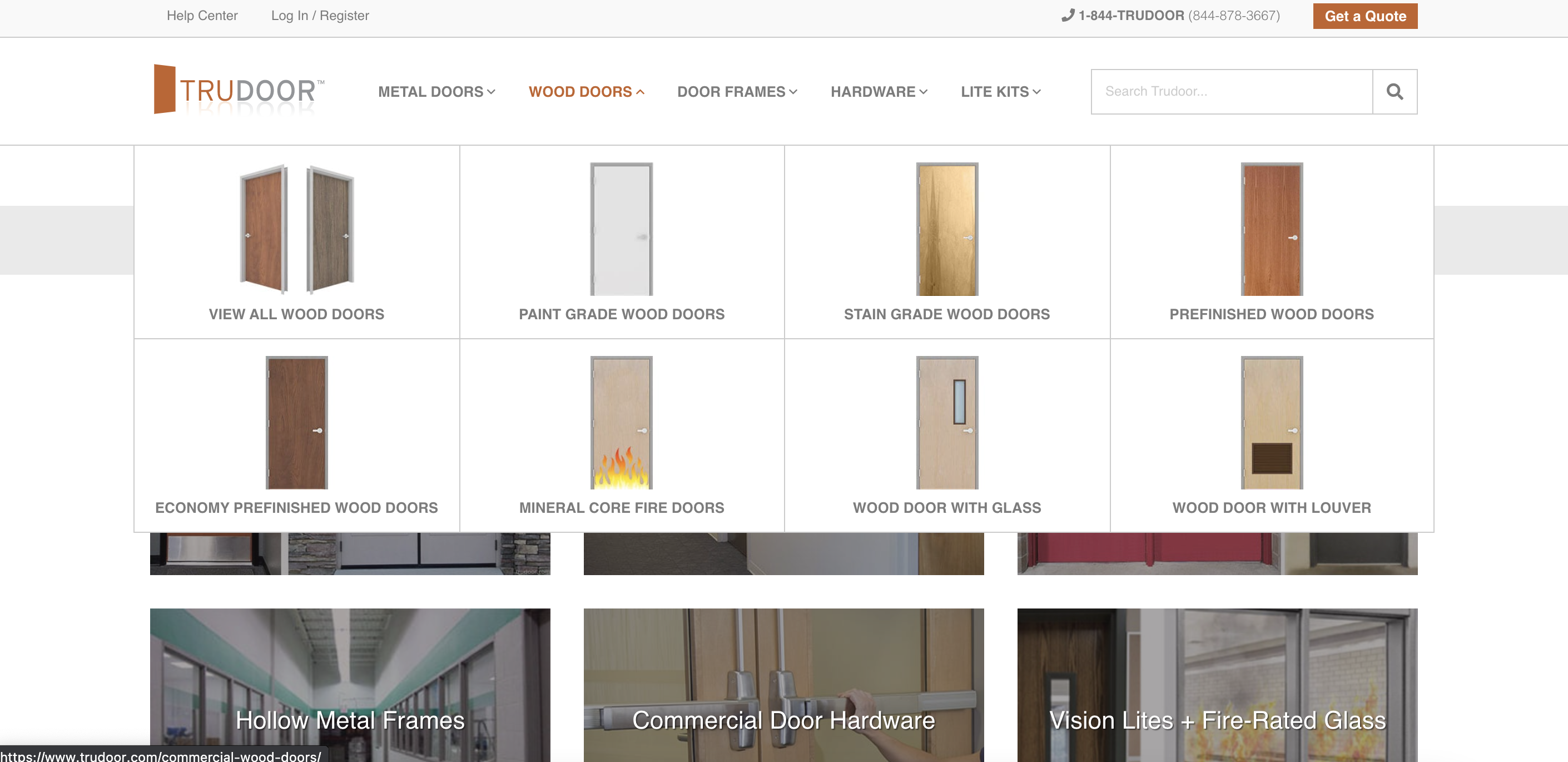
Our development team spent a lot of time organizing the catalog, but we still had to build 102 pages with 1,011 variable options. That’s a lot of work, which costs a lot of money.
Elevated Craft, on the other hand, has one product.
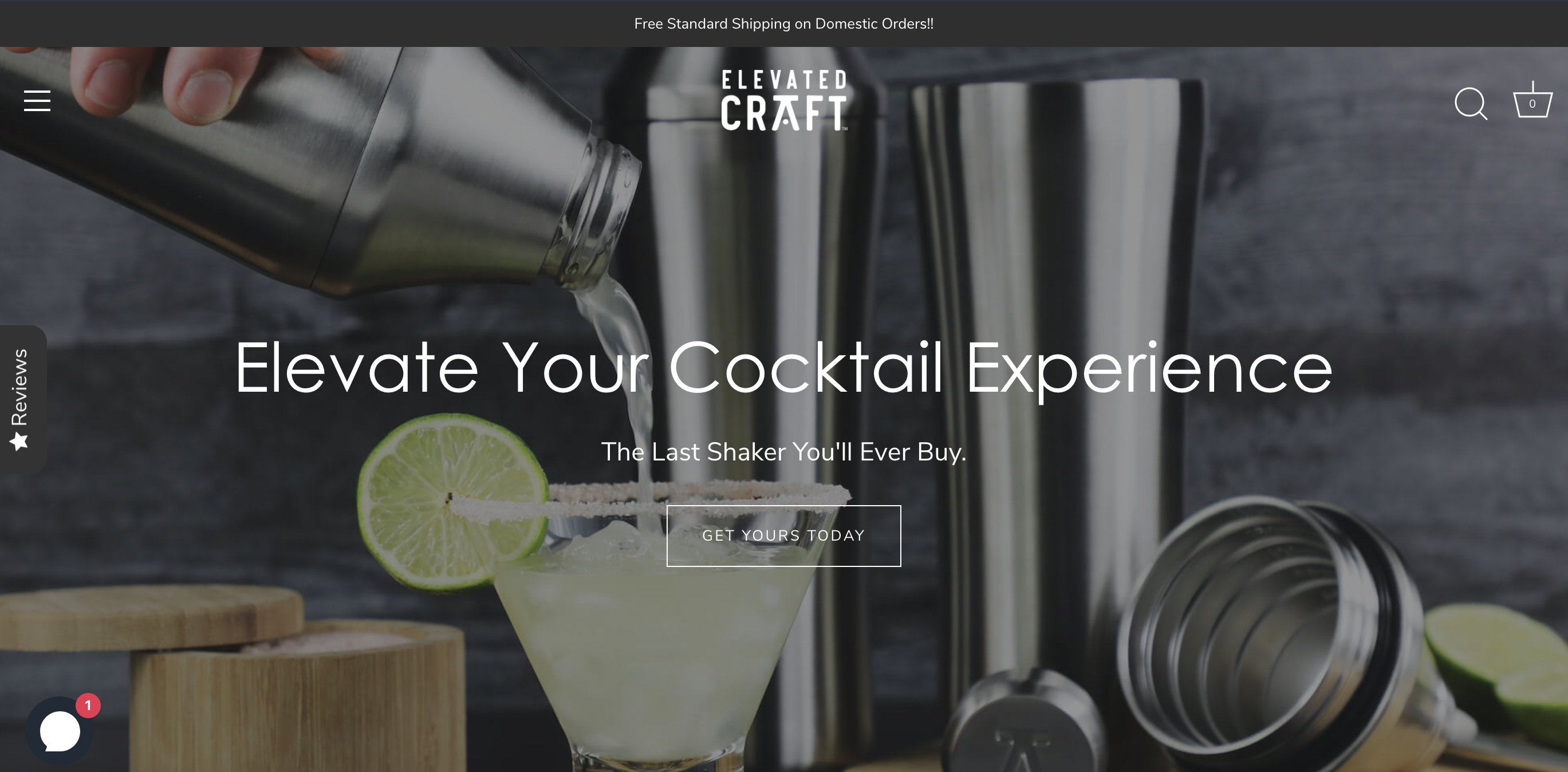
The website needs to support checkout (a fixed cost for every ecommerce website) but the rest can be dedicated to marketing. Thus, Elevated Craft had a cheaper build. Above all else, catalog determines price.
CRO cost
The website build is only half the picture. Optimizing it for sales may double the bill.
Conversion rate optimization (better known as CRO) is the process of fine-tuning a website to make as much money as possible.
The process includes small tweaks, deep metric analysis, and lots of testing. In fact, Uber alone runs more than 1000 experiments per day on a custom platform.
And all this CRO makes a huge difference.
After all there’s a reason the top 10% of business have 2-4 times higher conversion rates: they spend way more on CRO than anyone else.
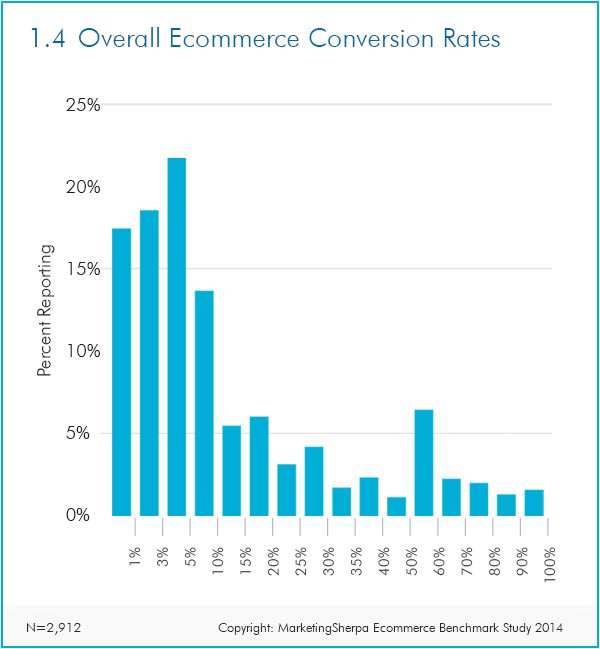
Anything that makes that big of a difference isn’t cheap. CRO is a monthly expense costing about 2,500/month for small websites and upwards of 8,000/month for larger ones.
Marketing automation costs
Once the website is running and making money, your marketing team will want to get into those customer inboxes.
This requires more development, especially if you want to automate these critical marketing tasks.
Many important features count as marketing automations, such as intake popups, integrations, abandoned cart emails, and more.
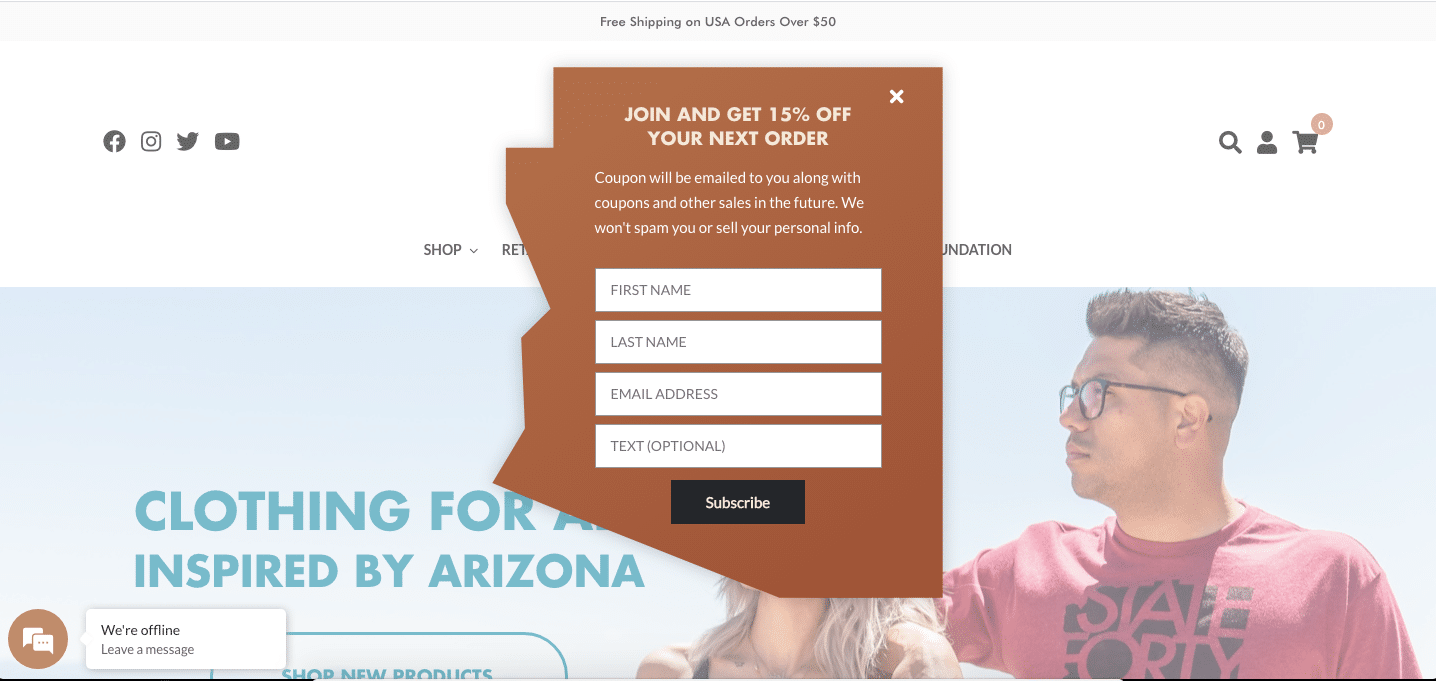
Each one requires a fair amount of expert coding and design, which can increase costs.
Hosting cost
The final cost to consider is hosting, which covers the domain, databases, and servers where the website lives.
Good hosting is critical. It helps the website run faster, it secures customers, and it keeps the website alive through emergencies. You’ll even get great support from tech experts.
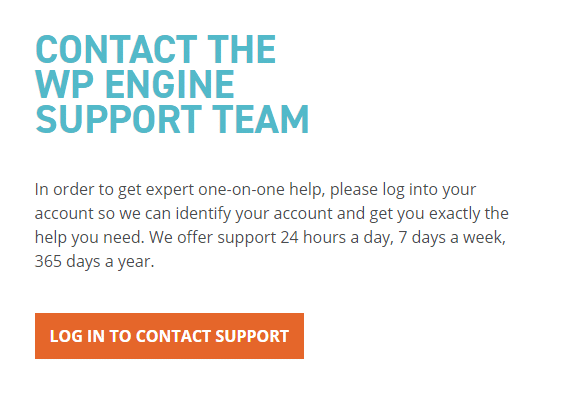
Hosting is the lifeblood of a website.
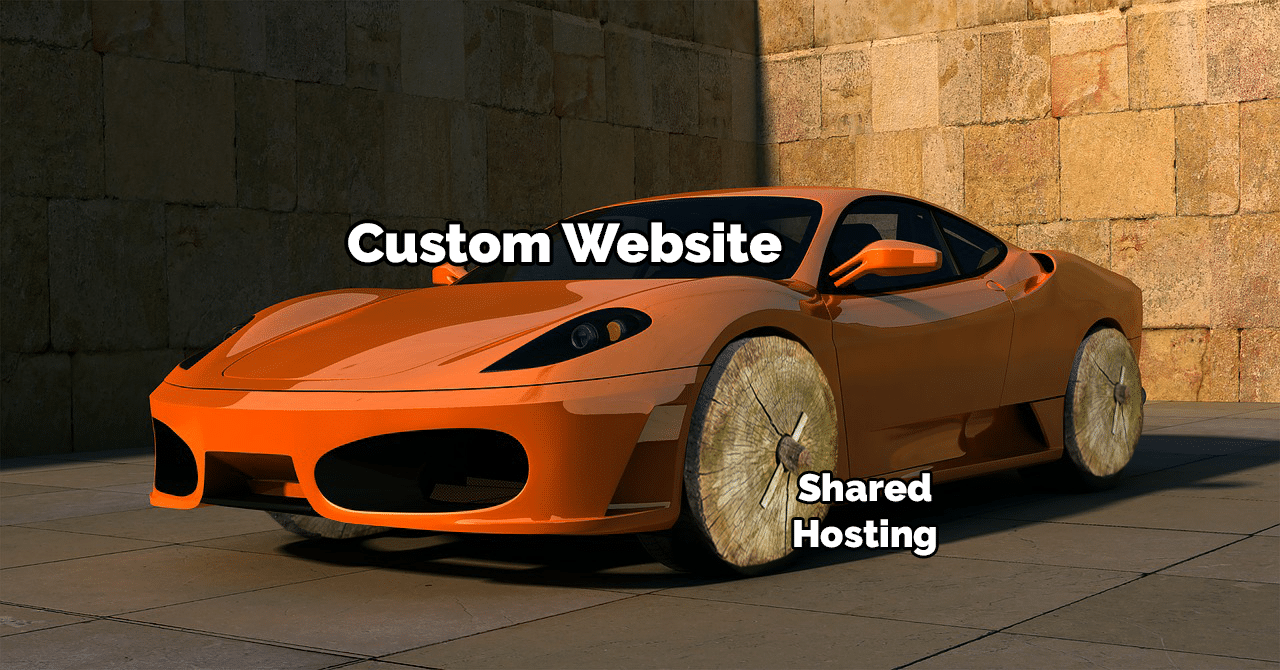
Anyone can get hosting for cheap, but it’s often absolutely terrible. Although it depends on the website, a combination of good hosting and quality maintenance can easily cost $1000 per month.
How to save money
Nobody wants to spend more than they need to, but it’s important to avoid cutting corners. After all, this website is the face of your company.
Here are a few smart ways to save money without ruining your website.
- Talk to the developers. Communicate anything and everything often. Most costly mistakes are communication errors. Plus, the developers want to save you money.
- Test your ideas. A prototype templated website will cost much less and collect lots of analytics for your bigger project. Learn where you need to spend more and where you can spend less before you build anything big.
- Invest early. Invest in a website that will last, not something that will break. One expensive website is cheaper than three lazy ones.
- Prioritize the customer. If the customer encounters any resistance they’ll leave — that’s no money for you. Focus on their journey at all times.
There are many ways to save money, and none of them include cutting corners. Play it smart.
How much will MY website cost?
Costs vary a lot, but if you know what you’re building, you can estimate the costs better.
- How many products? A website with a few products is way cheaper than a website with a lot of products.
- How much CRO? How many experiments will you run? Can you dedicate a team exclusively to CRO?
- Which costs reoccur? Websites aren’t one and done; they hold a recurring cost. If you don’t feed the website it won’t grow, so allocate money to maintenance and growth.
It’s a lot of stuff, eh?
But don’t worry. There are lots of resources available that make stuff easier.
Take into account our latest maintenance tips. They’ll keep costs low without ruining the site.
You can also learn more about the ecommerce process on this page. We provide lots of information and a link to contact experts. You can even call our team for a free estimate
With all this information, you’ll be sure to make wise, informed decisions about where to put your money.
 Reed Steiner
Reed Steiner 

